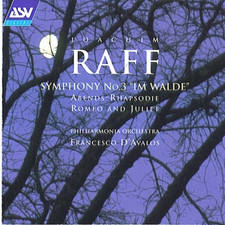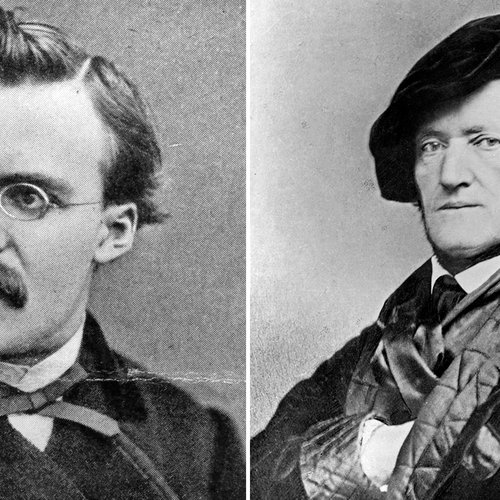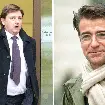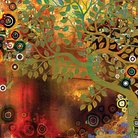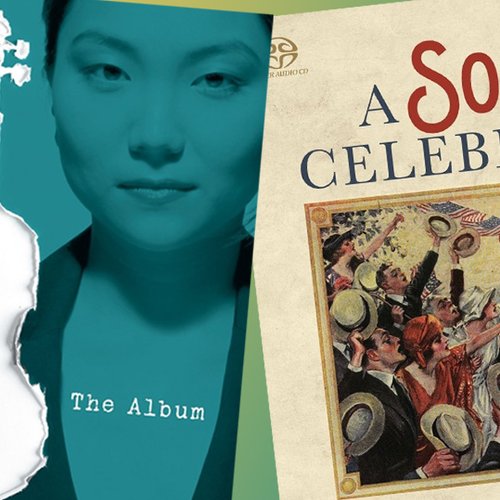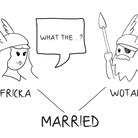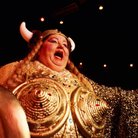Wagner - The Mastersingers of Nuremburg
Between 1856 and 1868, Wagner took a substantial break from his Ring Cycle, in part to focus on this opera The Mastersingers of Nuremburg, and also to devote time to his masterpiece Tristan and Isolde.
Wagner was a canny composer: he realised that the Act I Prelude to The Mastersingers of Nuremburg was a fine concert work in its own right, so much so that he tweaked it for performance separate from the opera itself. The themes for the Prelude had come to the composer relatively easily but it took him many months to compose the music for the remainder of the opera. That gives a plausible reason as to why, in the Prelude, there are no obvious references to the musical motifs depicting the main character, the cobbler-poet Hans Sachs. Quite simply, Wagner hadn’t come up with them when the Prelude was composed.
Much of the Prelude was written on the road, as Wagner travelled from Venice to Vienna on 12 November 1861. Perhaps surprisingly, The Mastersingers of Nuremburg is a comedy (a term used loosely), and where the Ring Cycle seems initially impenetrable, this opera is both warm and accessible – not just in the Prelude, but in the music that follows, too.
Illustration: Mark Millington
